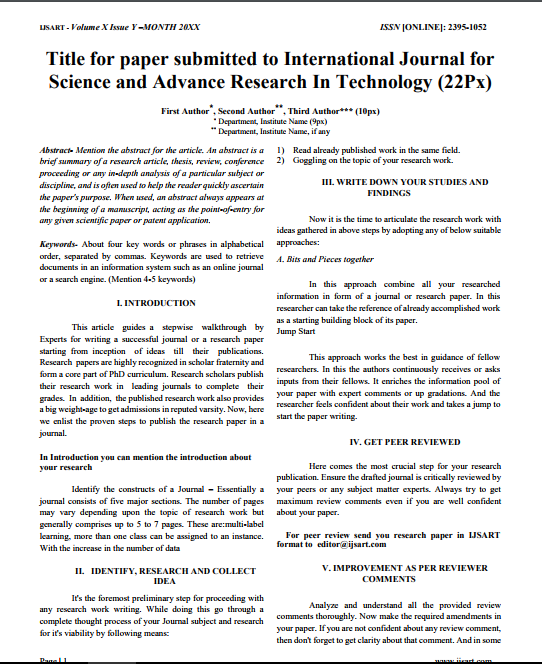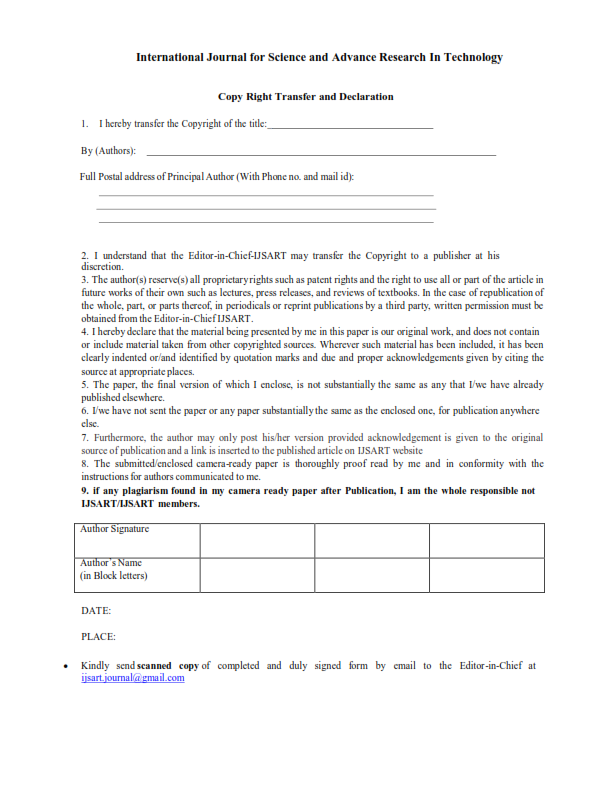DESIGN AND CFD ANALYSIS OF CAR WITH AND WITHOUT SPOILER |
Author(s): |
| Nethala G Priyanka |
Keywords: |
Abstract |
|
Aerodynamic characteristics of a racing car are of significant interest in reducing car-racing accidents due to wind loading and in reducing the fuel consumption. Sports cars are most commonly seen with spoilers, such as Ford Mustang, Subaru Impreza, and Chevrolet Corvette. Even though these vehicles typically have a more rigid chassis and a stiffer suspension to aid in high-speed manoeuvrability, a spoiler can still be beneficial. One of the design goals of a spoiler is to reduce drag and increase fuel efficiency. Many vehicles have a fairly steep downward angle going from the rear edge of the roof down to the trunk or tail of the car. Air flowing across the roof tumbles over this edge at higher speeds, causing flow separation. The flow of air becomes turbulent and a low pressure zone is created, thus increases drag. Adding a spoiler at the very rear of the vehicle makes the air slice longer, gentler slope from the roof to the spoiler, which helps to reduce the flow separation. Reducing flow separation decreases drag, which increases fuel economy; it also helps keep the rear window clear because the air flows smoothly through the rear window. The limitations of conventional wind tunnel experiment and rapid developments in computer hardware, considerable efforts have been invested in the last decade to study vehicle aerodynamics computationally. This project will present a numerical simulation of flow around racing car with spoiler positioned at the rear end using commercial fluid dynamic software ANSYS FLUENT. The thesis will focus on CFD-based lift and drag prediction on the car body after the spoiler is mounted at the rear edge of the vehicle. A 3D computer model of 4-door Passenger car (which will be designed with commercial software Solid Works) will be used as the base model. Spoiler will be positioned at the rear end vehicle and the simulation will be run in order to determine the aerodynamic effects of spoiler. |
Other Details |
|
Paper ID: IJSARTV Published in: Volume : 6, Issue : 11 Publication Date: 11/1/2020 |
Article Preview |
|
Download Article |


